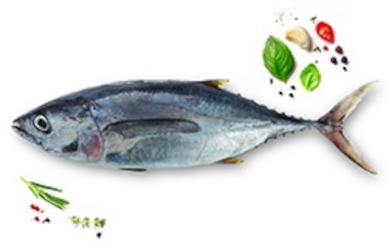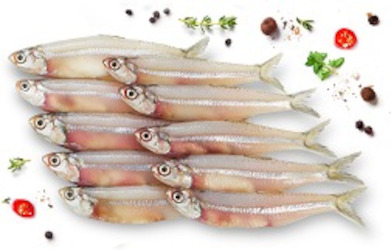

Add Products worth ₹130 to make Delivery Free
![Sail Fish [TN]](https://mathafresh.com/themes/images/product/512_512_20210728064340am_sail fish.jpg)
A sailfish is a fish of the genus Istiophorus of billfish living in colder areas of all the seas of the earth. They are predominantly blue to gray in colour and have a characteristic dorsal fin known as a sail, which often stretches the entire length of the back. The sail is normally kept folded down when swimming and raised only when the sailfish attack their prey. The raised sail has been shown to reduce sideways oscillations of the head, which is likely to make the bill less detectable by prey fish. This strategy allows sailfish to put their bills close to fish schools or even into them without being noticed by the prey before hitting them. They are widely considered the fastest fish in the ocean, clocking in at speeds of 70 mph. This species is a highly sought-after game fish that is easily recognized by its long upper jaw, which it uses as a spear to strike and stun larger prey, such as large bony fish and cephalopods. Sailfish start out as tiny larvae, no more than a few millimeters in length, but grow rapidly during their first year. They can grow from 0.3 cm when born to 3 meters long from bill to tail and weigh upwards of 100 kg in adulthood. Like other billfish, female sailfish can be larger than males so they can carry as many eggs as possible and have a greater chance of successful reproduction in the open ocean. Sailfish eat a wide variety of prey throughout their lifetimes. At a young age, they eat tiny zooplankton, and their prey increases in size as they do. As adults, they eat fairly large bony fishes, crustaceans and squid. Sailfish also work together, using their dorsal fins to create a barrier around their prey, in order to feed on smaller schooling fish, such as sardines and anchovies. During spawning, a female will attract a male partner by extending her dorsal fin above the surface of the water. Male-female pairs form and reproduce through external fertilization, where the female releases her eggs into the water column while the male releases his sperm. While spawning, a single female may release several million eggs to increase the likelihood that some will be fertilized. Nutritional factors of sail fishes will be comprised of saturated fat 7.7g, sodium 1460mg, carbohydrates 42.9g, protein 32.1g, along with vitamins and minerals, fatty acids & amino acids. Helps control blood pressure and is a main vitamin D input. Can be used mainly as puliyittu vatticha curry, generally served along with cooked rice.